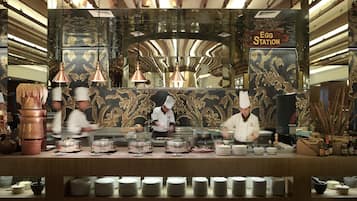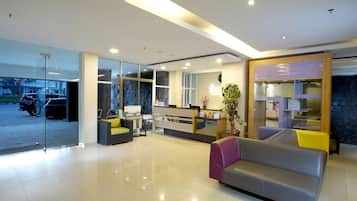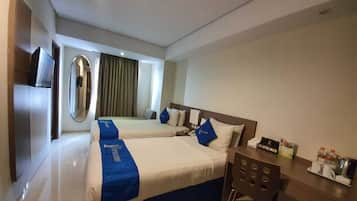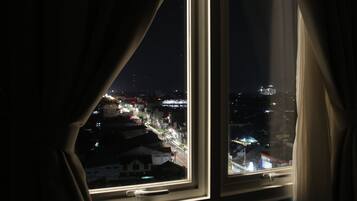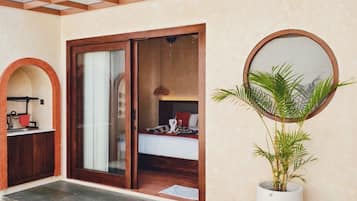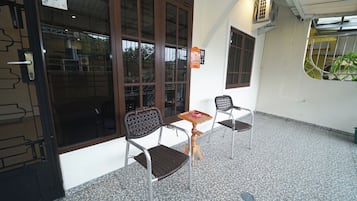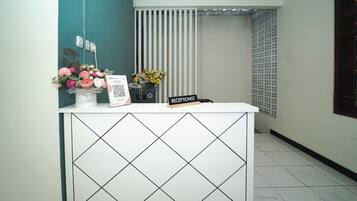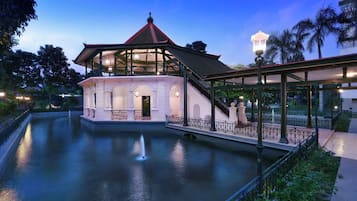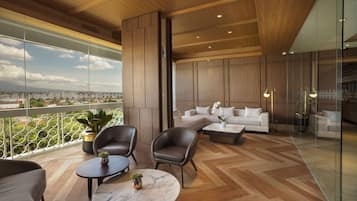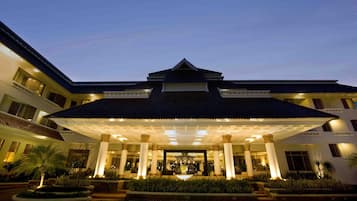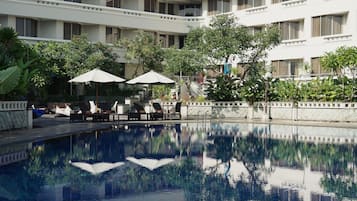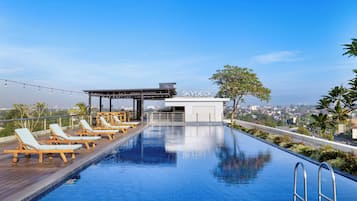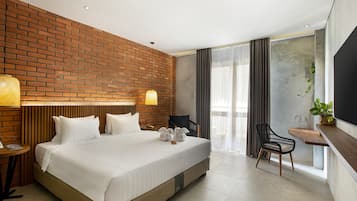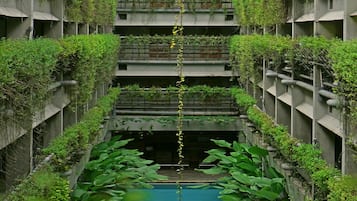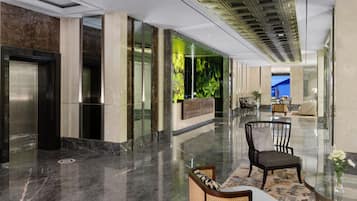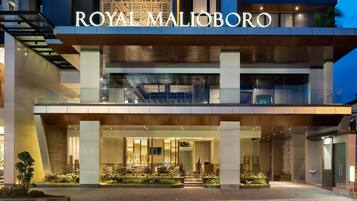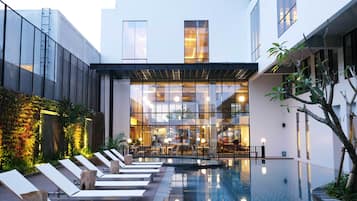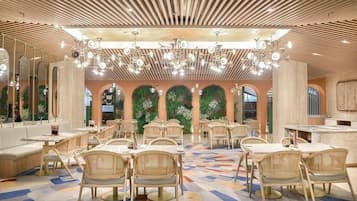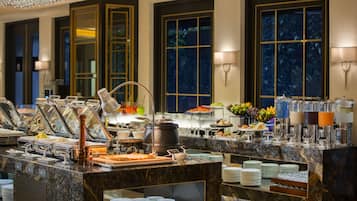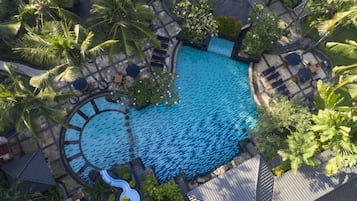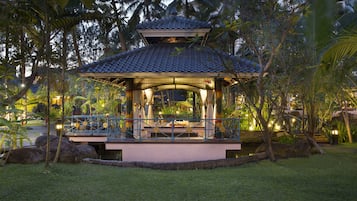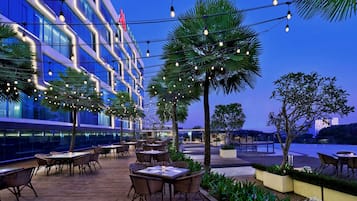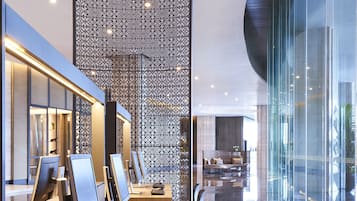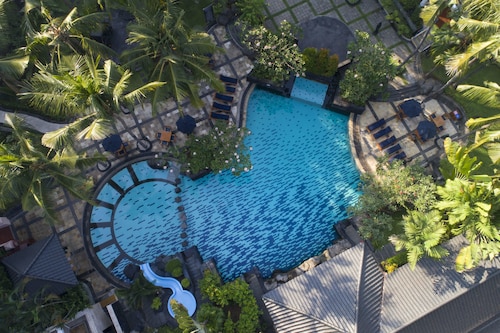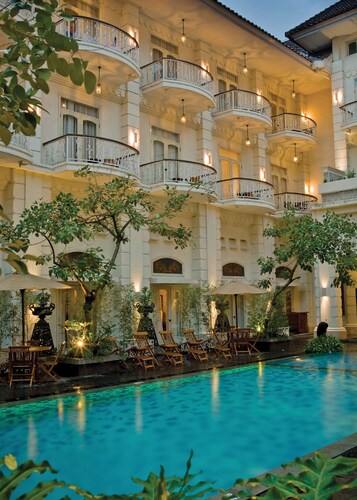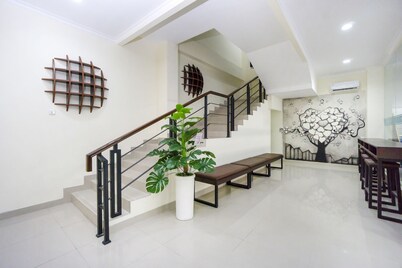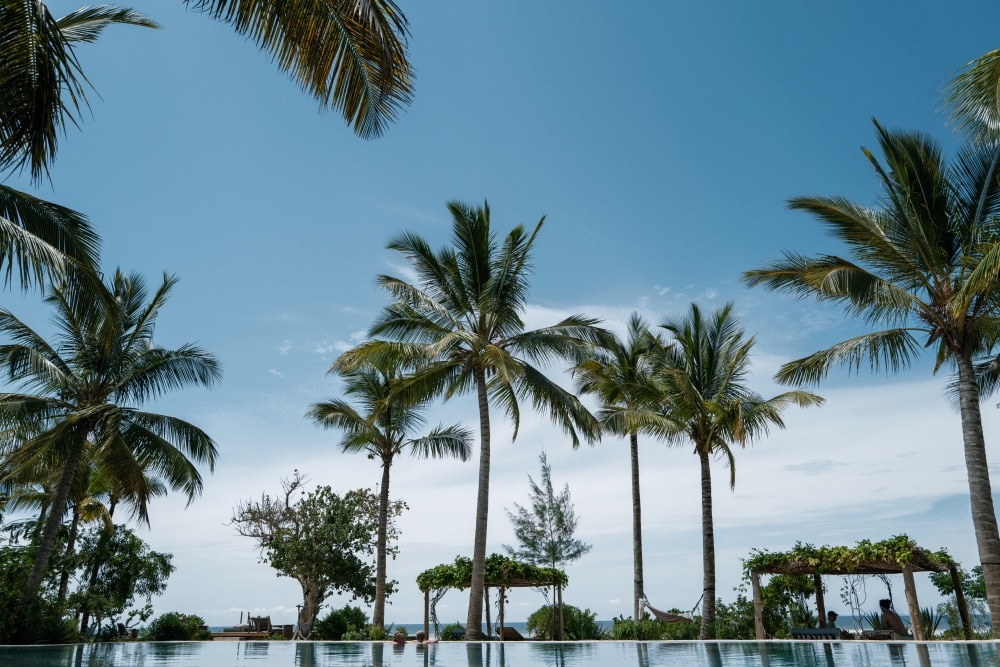Foto van Sharrie Shaw
Vind je ideale hotel in Tegalrejo
- Verander van gedachtenBoek hotels met gratis annulering
- Wees kieskeurigZoek in bijna een miljoen accommodaties wereldwijd
Probeer eens iets anders dan je gebruikelijke verblijf in Tegalrejo
Bekijk de prijzen voor deze datums
Onze beste keuzes voor hotels in Tegalrejo

9.2 van 10, Fantastisch, (317)
De prijs is € 114
inclusief belastingen en toeslagen
6 jan - 7 jan 2026
De prijs is € 27
inclusief belastingen en toeslagen
2 jan - 3 jan 2026

De prijs is € 17
inclusief belastingen en toeslagen
6 jan - 7 jan 2026

8.0 van 10, Zeer goed, (2)
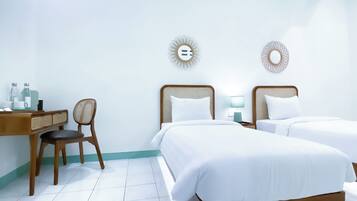
The Utara Hotel Tugu by Eresha Hospitality
The Utara Hotel Tugu by Eresha HospitalityCentrum van Yogyakarta
De prijs is € 30
inclusief belastingen en toeslagen
4 jan - 5 jan 2026
De prijs is € 57
inclusief belastingen en toeslagen
11 jan - 12 jan 2026
Laagste prijs per nacht gevonden in de afgelopen 24 uur op basis van een verblijf van 1 nacht voor 2 volwassenen. Prijzen en beschikbaarheid kunnen wijzigen. Mogelijk gelden er extra voorwaarden.
Bespaar gemiddeld 15% op duizenden hotels wanneer je bent aangemeld
Verblijf in de buurt van populaire bezienswaardigheden in Tegalrejo
Meer informatie over Tegalrejo
Ontdek het luxe Tegalrejo, zoals de spa's, de cultuur, de bars en meer!
![Batik (Javanese pronunciation: [ˈbateʔ]; Indonesian: [ˈbatɪk]) is a technique of wax-resist dyeing applied to whole cloth, or cloth made using this technique. Batik is made either by drawing dots and lines of the resist with a spouted tool called a canting (IPA: [ʈ͡ʂantiŋ], also spelled tjanting), or by printing the resist with a copper stamp called a cap (IPA: [ʈ͡ʂap], also spelled tjap). The applied wax resists dyes and therefore allows the artisan to color selectively by soaking the cloth in one color, removing the wax with boiling water, and repeating if multiple colors are desired.
A tradition of making batik is found in various countries, including Nigeria, China, India, Malaysia, Philippines and Sri Lanka; the batik of Indonesia, however, is the most well-known. Indonesian batik made in the island of Java has a long history of acculturation, with diverse patterns influenced by a variety of cultures, and is the most developed in terms of pattern, technique, and the quality of workmanship. On October 2009, UNESCO designated Indonesian batik as a Masterpiece of Oral and Intangible Heritage of Humanity.
Source: Wikipedia
These batik clothes are sold at one of the high end hotel's gift shop in Yogyakarta. They are hand drawn and painted and hence command a high price! It ranges over US$200 although some cheap batik at the market can be found for a mere US$2. The difference lies in the quality, the design and also the amount of skill that's needed to make them.
Common batik wear are made from cotton. The ones shown here are silk and limited in quantity produced.
Yogyakarta and Surakata (Solo) are two cities where batik originated in Indonesia.
#unesco](https://images.trvl-media.com/place/1718/09cd56ac-2be9-4518-ac77-e217d037b46b.jpg?impolicy=fcrop&w=300&h=400&p=1&q=high)
Foto van Sharrie Shaw
Openbare foto van Sharrie Shaw
De beste hotelbeoordelingen voor Tegalrejo

Novotel Suites Yogyakarta Malioboro
10/10 Voortreffelijk
Goedkope verblijven in Tegalrejo

OYO Life 3301 Pondok Eyang Obi
No. 11, Jl. Pelda Sugiono, Sleman Sleman Yogyakarta
De prijs is € 8 per nacht van 27 dec tot 28 dec
€ 8
27 dec - 28 dec
inclusief belastingen en toeslagen
Veelgestelde vragen
Ontdek de wereld met Expedia
- Bezoek Temon
- Bezoek Kulon Progo
- Bezoek Prawirotaman
- Prambanan-Tempel
- Bezoek Muntuk
- Ratu Boko Palace
- Bezoek Playen
- Gadjah Mada Universiteit
- Gembira Loka dierentuin
- Lippo Plaza Jogja
- Bezoek Jetis
- Taman Sari
- Strand van Parangtritis
- Pasar Ngasem
- Pasar Legi Kotagede
- Alun Alun Kidul
- Kids Fun Park
- Vakanties in Yogyakarta
- Imogiri
![Batik (Javanese pronunciation: [ˈbateʔ]; Indonesian: [ˈbatɪk]) is a technique of wax-resist dyeing applied to whole cloth, or cloth made using this technique. Batik is made either by drawing dots and lines of the resist with a spouted tool called a canting (IPA: [ʈ͡ʂantiŋ], also spelled tjanting), or by printing the resist with a copper stamp called a cap (IPA: [ʈ͡ʂap], also spelled tjap). The applied wax resists dyes and therefore allows the artisan to color selectively by soaking the cloth in one color, removing the wax with boiling water, and repeating if multiple colors are desired.
A tradition of making batik is found in various countries, including Nigeria, China, India, Malaysia, Philippines and Sri Lanka; the batik of Indonesia, however, is the most well-known. Indonesian batik made in the island of Java has a long history of acculturation, with diverse patterns influenced by a variety of cultures, and is the most developed in terms of pattern, technique, and the quality of workmanship. On October 2009, UNESCO designated Indonesian batik as a Masterpiece of Oral and Intangible Heritage of Humanity.
Source: Wikipedia
These batik clothes are sold at one of the high end hotel's gift shop in Yogyakarta. They are hand drawn and painted and hence command a high price! It ranges over US$200 although some cheap batik at the market can be found for a mere US$2. The difference lies in the quality, the design and also the amount of skill that's needed to make them.
Common batik wear are made from cotton. The ones shown here are silk and limited in quantity produced.
Yogyakarta and Surakata (Solo) are two cities where batik originated in Indonesia.
#unesco](https://images.trvl-media.com/place/1718/09cd56ac-2be9-4518-ac77-e217d037b46b.jpg?impolicy=fcrop&w=1200&h=500&q=medium)

